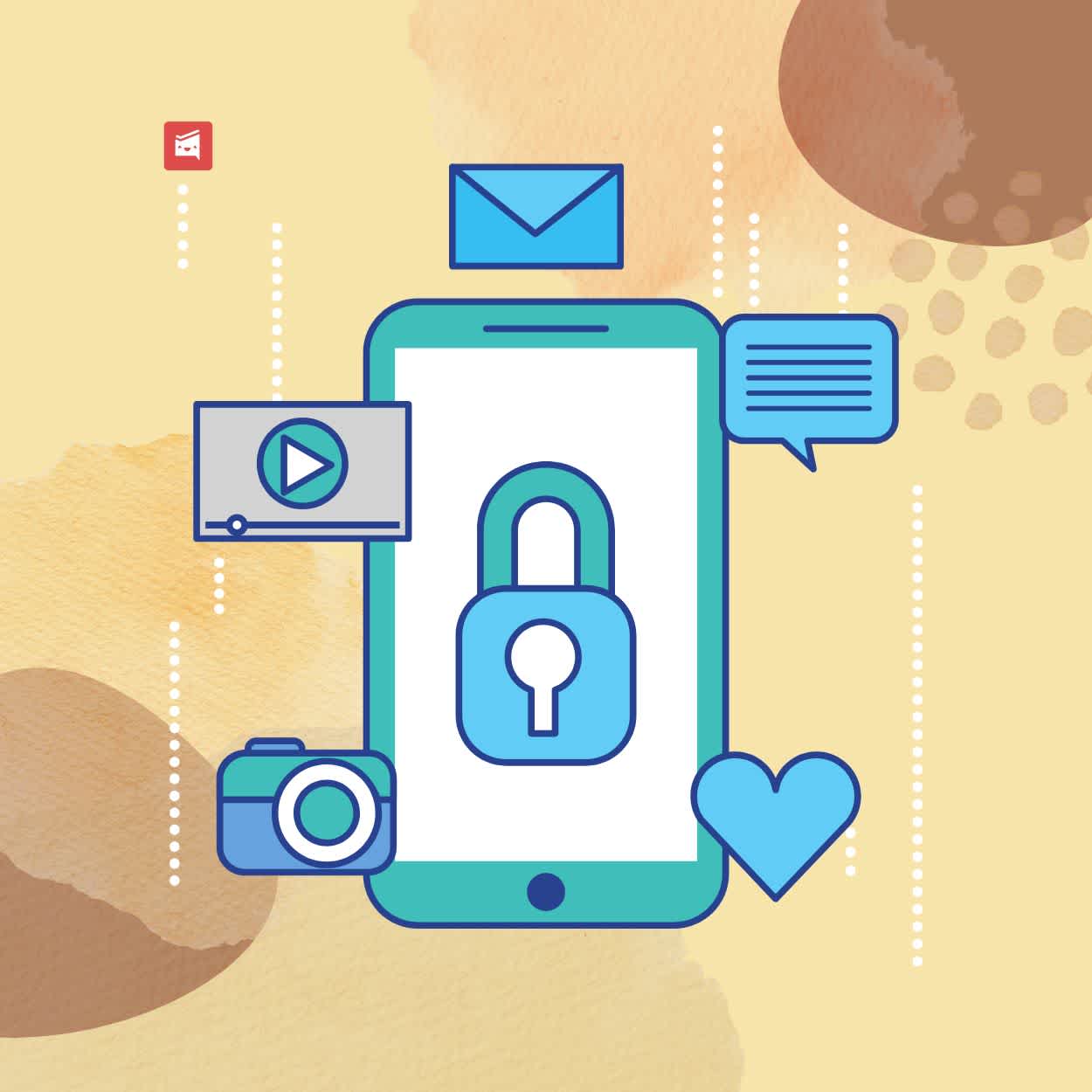3 Best Practices For Privacy & Security in Social Media Marketing
ByJulian Gette
Workast publisher

Workast publisher
When working on social media accounts for businesses, you want to focus on expanding its reach, growing its followers, and fostering a positive relationship with customers. However, another important thing to keep in mind is privacy and security.
With that in mind, this article is going to go through some common security threats to watch for on social media, and the best practices for solving them or avoiding them altogether.
Here are a few common cyber threats and privacy issues you need to be aware of when working in social media marketing for companies.
A major threat on social media is using an unsecured network when posting or sending messages. These unsecured networks are often in coffee shops, retail stores, malls, hotels, and other destinations.
They’re more vulnerable to attacks than secured networks that have passwords or other screening methods to gain access to them. If you’re not careful on unsecured networks, bad actors can access business information, login credentials, messages, and more.
In fact, around 25% of people have experienced some kind of security issue while using an unsecured network.
Phishing is when hackers or cyber criminals attempt to trick you into handing over sensitive details like passwords and usernames.
This could be through an email, direct message, or even a malicious website or form made to look like an official one. While most people consider themselves savvy enough not to be tricked by these phishing methods, around 300,000 Americans fall victim to them every year.
On top of phishing, there are several other scams that you and your team need to be aware of. This includes fake charity solicitations, vanity award scams, and many others.
Fake accounts and impersonations can do more harm to a business than you might think. These fake accounts can scam your customers and turn them against you and ruin your reputation by spreading misinformation or posting inappropriate things.
Making fake accounts is easy and generally free, so there aren’t many barriers stopping scammers and other bad actors from creating them to hurt a business.
Now that you know a bit about the privacy risks and security threats that exist, let’s take a closer look at the best practices for avoiding or dealing with them.
If you need to use unsecured networks to make posts or communicate with customers, you should be using a VPN. A VPN helps you disguise and encrypt your activity, location, and identity from prying eyes.
Having a VPN for Twitter (currently known as X) and other social media platforms ensures you can use them without fear of anyone being able to access your information or track your activity while on public networks.
The best way to avoid scams is to ensure a detailed social media security policy within your organization. The policy should cover how to identify phishing, what types of posts people can make, how to create strong passwords, and more. It should also cover your plans for events like data breaches.
Without a policy like this, all it takes is one team member to post something they shouldn’t have or share information with the wrong person to ruin your reputation or compromise the account.
To further enhance security across your social media channels, it’s essential to implement a business password manager. This tool allows your team to securely store and manage the various passwords needed for social media accounts, reducing the risk of weak, reused, or forgotten passwords. A business password manager also facilitates secure password sharing among team members, ensuring that only authorized personnel have access to specific accounts. This minimizes the chances of unauthorized access or data breaches, while simplifying the process of updating credentials when team members change or leave the organization.
If you want to ensure that fake accounts or impersonations don’t negatively impact your business, you need to monitor social media closely. Keep an eye out for impersonations, and if you notice any, report them immediately.
Developing a brand voice that’s unique, consistent, and recognizable can also help. If followers or customers know your brand voice, it’ll be easier for them to avoid getting tricked by a fake account that can’t copy it. Also, make sure to reserve your handle on every platform, even if you’re not planning on using it.
Lastly, consider getting verified, as it’s an easy way for people to instantly see if your account is legitimate or not.
In conclusion, using social media is a very important part of business in the modern landscape, but you need to ensure that you and your team are doing it safely and securely.
